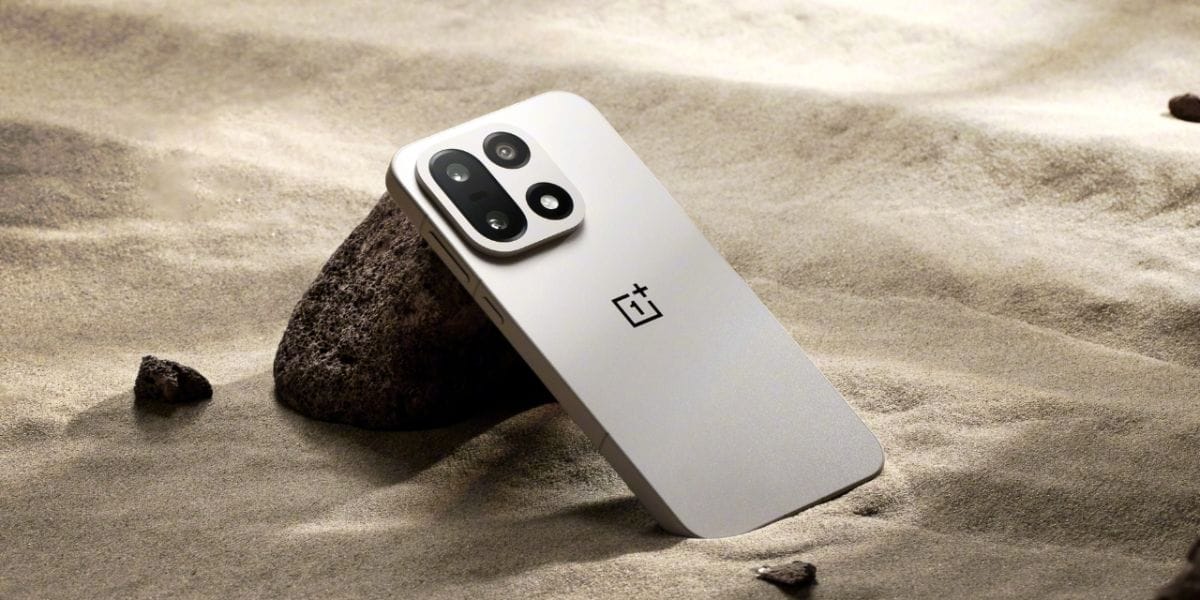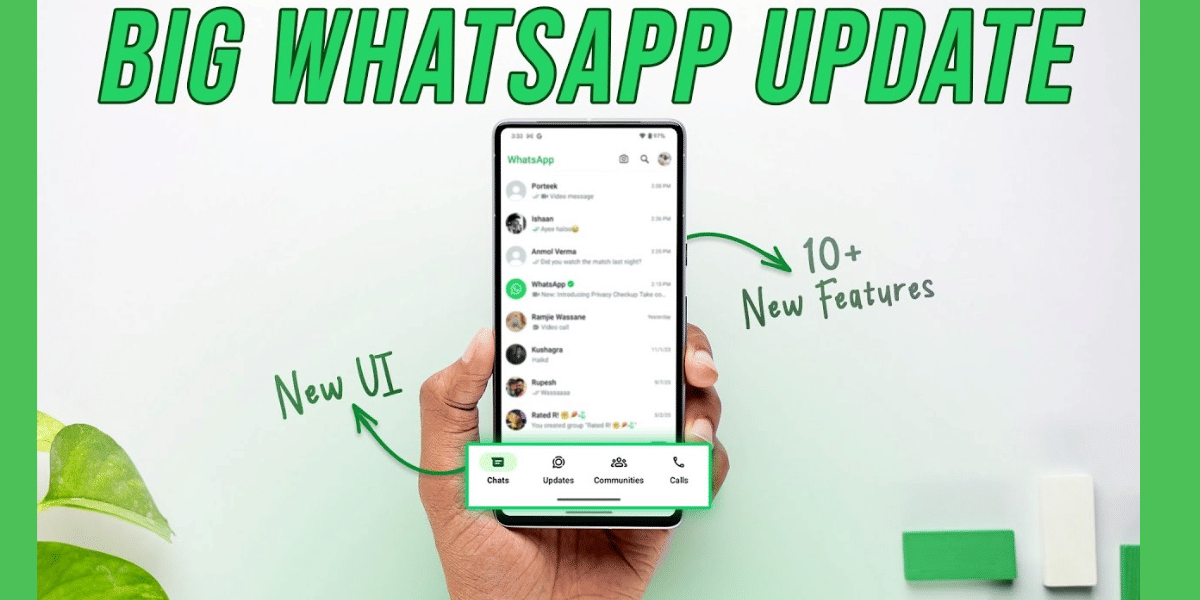When you switch ON your Android smartphone, it boots into normal mode which is usually how we know and intend our phones. However, Android smartphones are more than what meets the eye. Call it genius but there are certain bootable partitions on Android phones that you can access to get hands-on special and advanced features.
Neither of these features is available in the normal mode and neither of these partitions is available in options. One of the partitions that we usually come across is ‘Recovery Mode’ and it’s the most sought-after one. Let’s have a look at what Android recovery mode is and how you use it and more.
Also Read: How To Share Contacts From Android To iPhone? : Explained
What is Android Recovery Mode?

Android Recovery mode is a tool that can help you troubleshoot issues with your smartphone. If your phone is stuck in a boot loop, random freezes, slowdowns, glitches, or is infected with malware. This is where Android Recovery mode comes in to identify and eliminate issues.
As the same suggests, this bootable partition offers features targeted toward fixing any issues with the Android OS Bugs, storage, RAM, cache, etc. It is where you will find the solutions to all the problems as well as settings to administer those fixes. For instance:
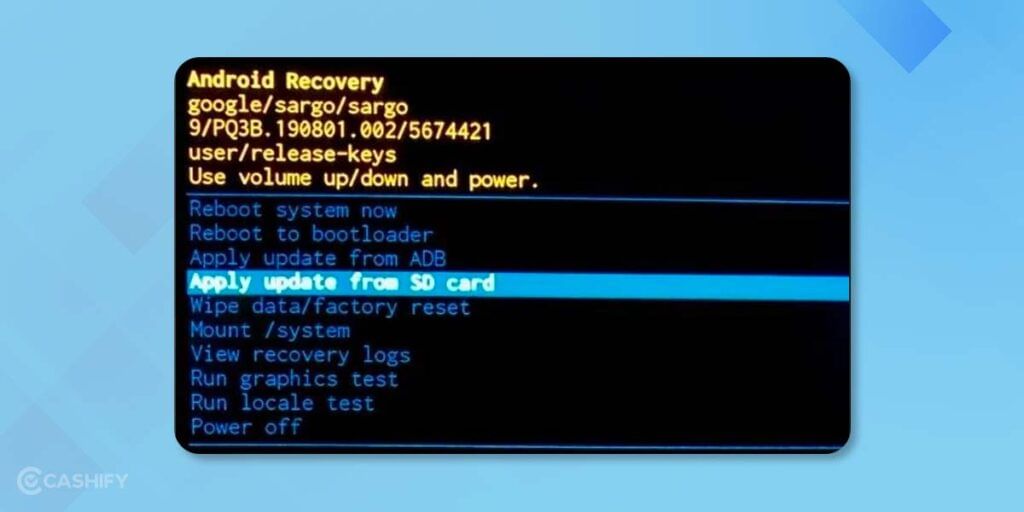
- You can update the software using recovery mode in case it isn’t available OTA.
- You could be migrating to a custom ROM which is where recovery mode can be of great help.
- Another use case is when you are flashing the device with Firmware thereby cleaning the slate of previously used OS.
You will need a specific combination of hardware keys to enter recovery mode since there’s no option available in Settings or otherwise. Let’s have a look at some of the features that recovery mode offers.
What Can You Do in Recovery Mode?
1. Apply Updates Using ADB
ADB or Android Debug Bridge is a feature that connects your phone to the PC in case it isn’t functioning properly or you need to troubleshoot or update the Android OS or install a new ROM. It requires users to connect the phone using a USB cable and there must be an Android SDK installed on the PC. ANd using CMD or terminal on your PC you can directly feed commands and troubleshoot your smartphone. It is ideal for developers and experts who have in-depth knowledge of what works and what does not.
Also Read: How To Get iPhone Emoji On Android? Quick Guide
2. Wipe Cache Partition
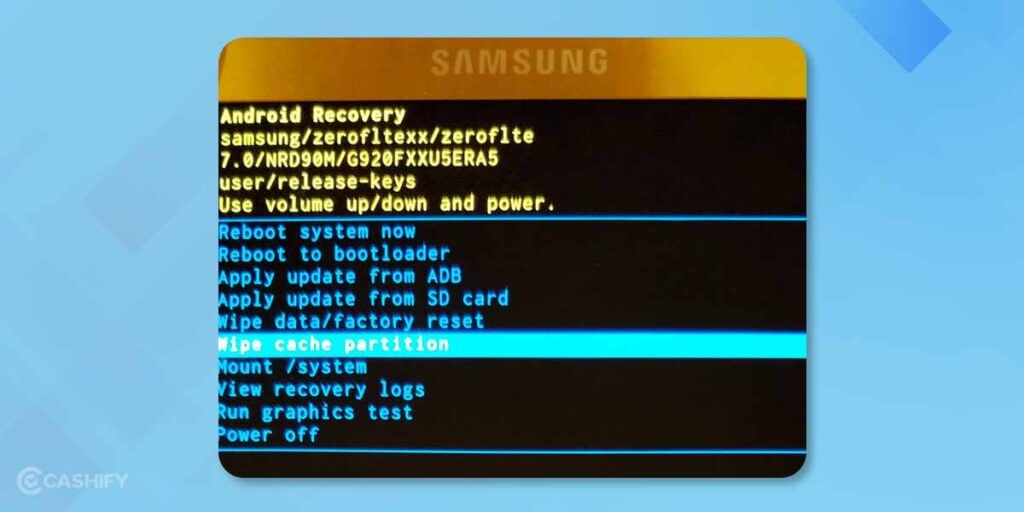
Any app you use on your smartphone it stores cache files which are temporary files that make retrieval easy. Accumulation and overwriting cache has proven to be problematic as they can render your phone slow or introduce a host of issues including potential risk to intruders and whatnot.
It is always a good idea to keep cleaning the build-up cache occasionally to free up some space. And clearing cache one by one on your smartphone is a tedious task. To clear all cache all at once you can access recovery mode on your device to wipe the cache partition without affecting any functionality of the system adversely.
Also Read: How To Clear App Data And Cache On Android?
3. Wipe Data/Factory Reset
Often the most used feature in the recovery mode is where you get rid of all the data including videos, photos, music, apps, and more. The feature wipes all the data and returns your phone to its original factory condition. It is ideal if your phone has gotten slow or you are selling it to someone as it prevents data leaks. Note that once the data is deleted, there’s no way to regain it unless you know how advanced data recovery software works.
5. Gain Root Access to your Smartphone
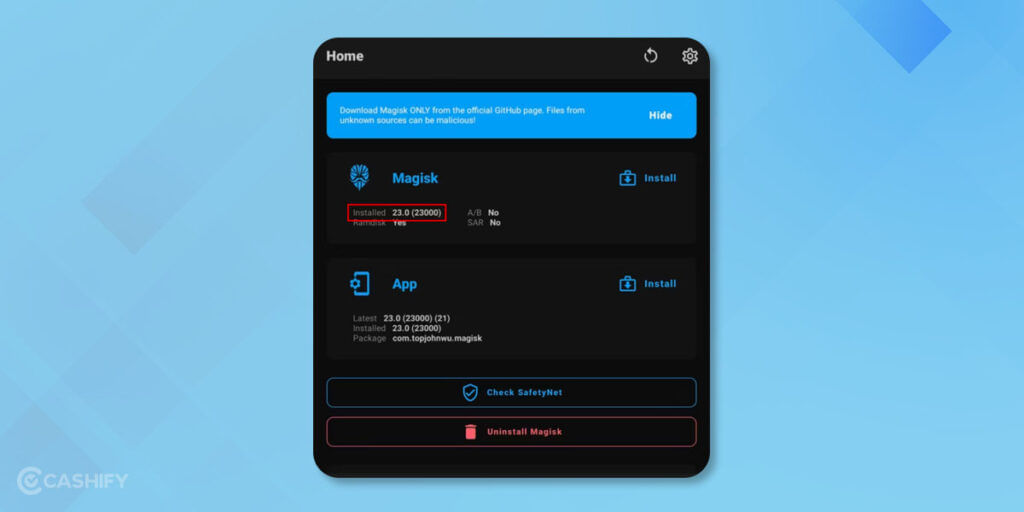
Gaining Root access to your Android smartphone is the same thing as Jailbreaking your iPhone. Having Root Access on your smartphone enables new functionalities that were previously locked by the manufacturer. These include Removing System Apps, Overclocking CPU, customising pre-installed Android Launcher, Install Custom Firmware and Kernel, and even installing a modified version of Android OS with add-on features.
Some Popular Root Apps like AdAway (To completely remove ads from your smartphone), Solid Explorer (To Explore Root Libraries), BetterBatteryStats (Advanced Battery Stats), System App Remover (To Uninstall system apps) etc. These are some of the apps that unlock new functionality to your Android smartphone and these can only be accessed on a Rooted smartphone.
Also Read: How to Make Your Android Look Like an iPhone
4. Install Custom Recoveries
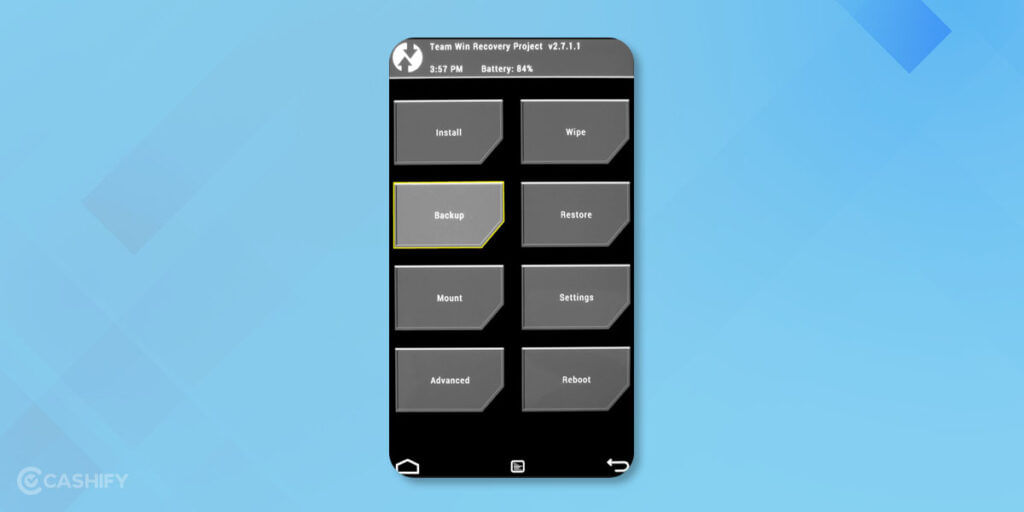
The default Android recovery UI and features are quite basic and the GUI is quite bad. Some of the most popular Android Recovery images are Team Win Recovery Project (TWRP), ClockworkMod (CWM), Philz Touch and more. These offer better GUI, have touchscreen support and with more features.
You can flash any of the above-mentioned recovery images over your default Android Recovery to have a better GUI. The Recovery image file can be found on various forum websites and you can download the particular image for your device model.
5. Install Custom ROMs
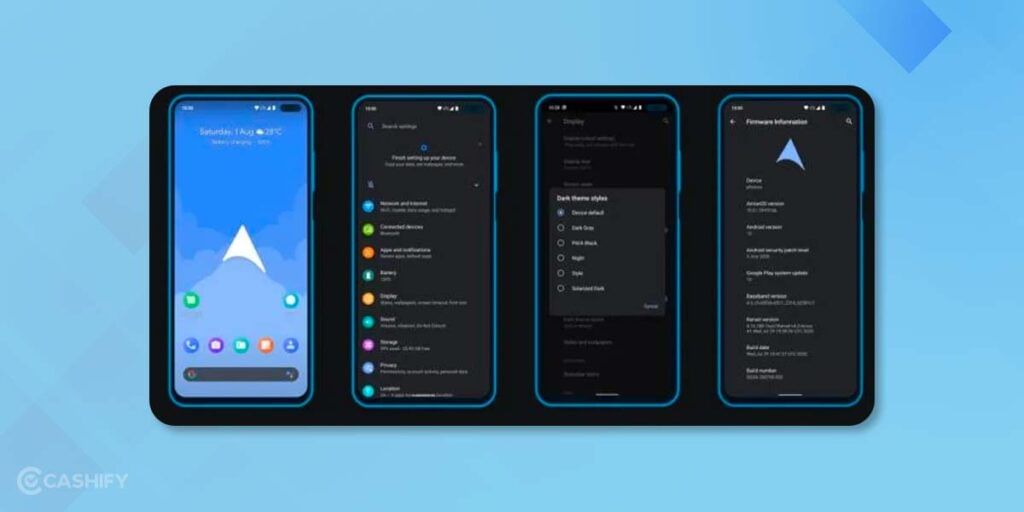
Advanced users can even install custom ROMs built by developers and community members. A custom ROM is a customised Android build OS with a modified kernel and add-on features. This comes in handy if your OEM has stopped pushing out updates for your smartphone, or you want a clean Android experience, or if your smartphone has become laggy lately.
These Custom ROM are built by the community and these keep improving taking feedback from the users. You would require a custom recovery, and Root access to install a custom ROM for your smartphone. You can explore forum websites like XDA Developers to find a custom ROM for your smartphone.
6. View Recovery Logs
As the name suggests, it pretty much lets you view all the technical logs and events set in recovery mode.
7. Mount System Storage
If you are modifying the system’s partition, or trying to access core files that are otherwise inaccessible, mounting system storage can help. You can view and edit partitions as you will.
Also Read: How To Use The Nothing Launcher On Any Android Phone?
How To Enter Android Recovery Mode?
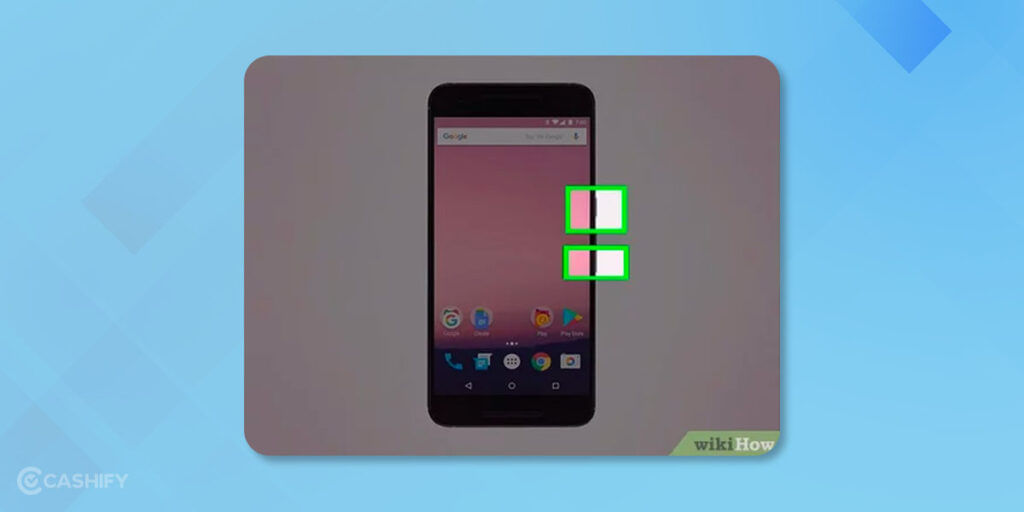
Based on the make and model, there might be slight variations on how you can enter Android Recovery Mode. However, all these methods involve hardware buttons to access. Here’s how.
1. For Google Pixel Phones:
- First, turn off the phone.
- Next, press Power + Volume Down together for a second. Leave once you see a triangle with an exclamation mark on the screen.
2. On Samsung Phones:
- Hold together the Power + Volume Up buttons for a few seconds. Leave them as soon as you feel a vibration and the Samsung logo shows up.
3. On OnePlus Phones:
- Press both the Power + Volume Down buttons together for a bit.
- You will be asked to enter your phone’s PIN or password.
- Select the appropriate language and you should be in the Recovery Mode.
Note that once you are in the Recovery Mode, the touchscreen doesn’t work. Thus, you will have to use your hardware buttons to toggle between options. The most common setup is to press the ‘Power button’ for ‘OK’ and ‘Volume Up’ or ‘Volume Down’ to toggle between options.
How To Use Android Recovery Mode?
Let’s take a few examples to give a better understanding of how to use Android Recovery Mode.
Wipe Data/Factory Reset Option
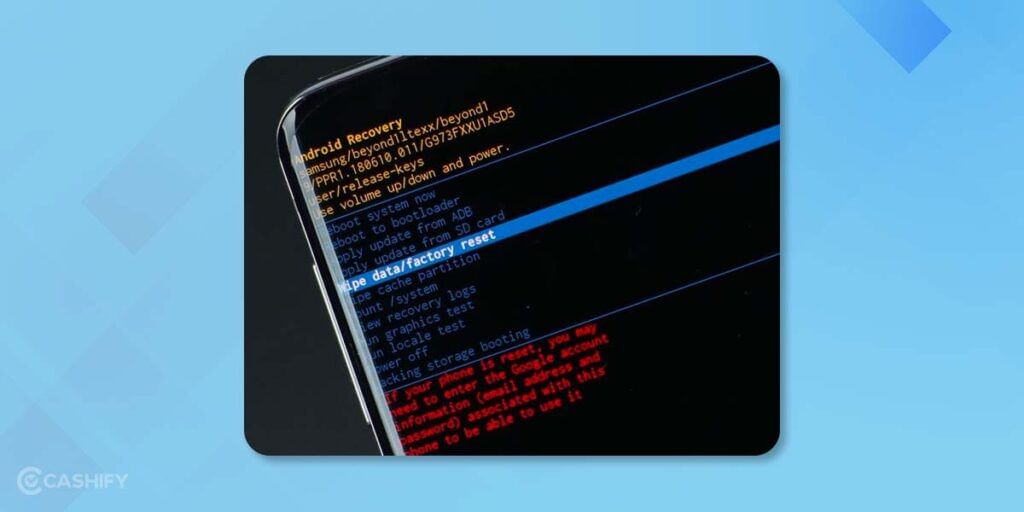
It is one of the crucial features of the Android Recovery Mode that lets users perform a factory reset on their devices. Here’s how it works out.
1. You need to enter the recovery mode using the procedure mentioned in the previous section. It may vary from device to device.
2. You will see the directions on the interface such as “Use Volume Up/Down and Power” for “navigation and enter” respectively.
3. You need to tap on “Wipe Data/Factory Reset” go scroll using the volume rockers and hit the enter button to select.
4. Next, the system prompts asking “Wipe all user data” where you need to select “Yes” using the combination of volume rockers and power button.
5. Once the process is over, you will be reverted to the menu where you need to system “Reboot system now”.
Wipe Cache Partition
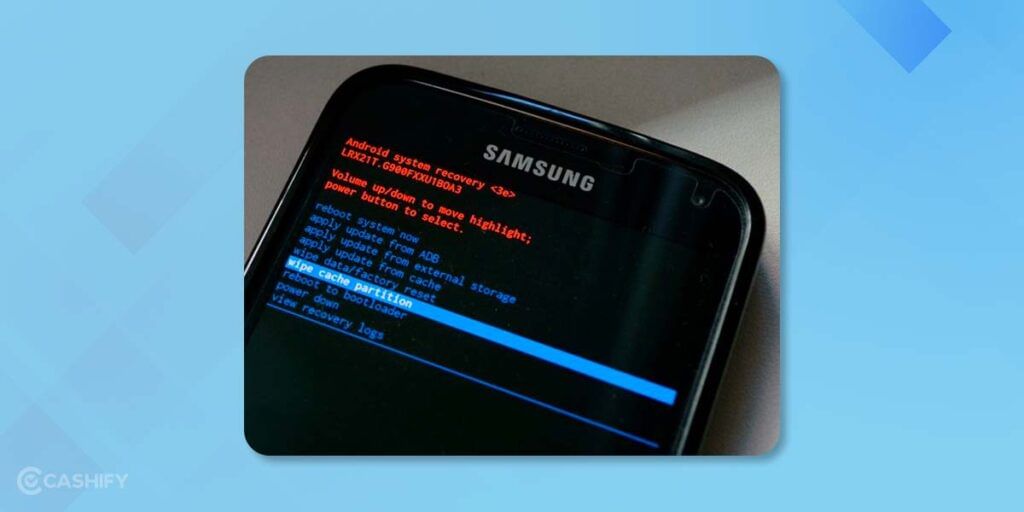
1. First, enter the recovery mode on your device using the aforementioned procedure.
2. Use volume rockers to navigate via the menu and the power button to select.
3. Next, you need to select “Wipe Cache Partition” and then, select “Yes” when asked to confirm.
4. Once the system successfully completes the process, you need to select “Reboot System Now” and that’s it.
Also Read: How To Disable Safe Mode On A Samsung Phone



























